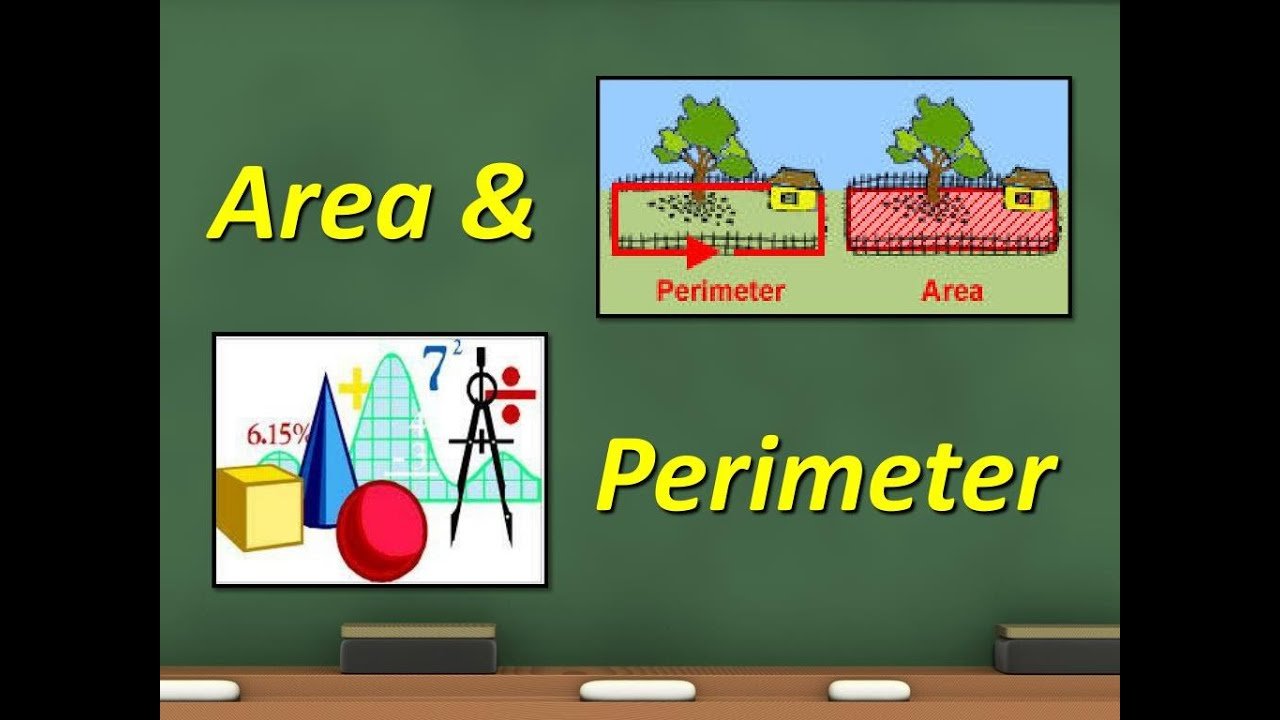Comprehension
Sarah is learning about financial arithmetic in her math class. She starts by understanding simple interest, where the interest earned on an amount of money (called the principal) is calculated using the formula I=P × r × t, where III is the interest, P is the principal, r is the interest rate, and t is the time in years. For example, if Sarah deposits $1,000 in a savings account with an interest rate of 5% per year for 2 years, she calculates the interest as I=1000×0.05×2=100 dollars. She learns that the total amount in the account after 2 years would be $1,100. Sarah also explores profit and loss. When selling a product, if the selling price is higher than the cost price, there is a profit, and if it’s lower, there’s a loss. For instance, if Sarah buys a book for $15 and sells it for $20, she makes a profit of $5. On the other hand, if she sells it for $10, she incurs a loss of $5. Another important concept she learns is about discounts. A discount is a reduction in the original price of an item. If Sarah buys a jacket originally priced at $50 but gets a 10% discount, she calculates the discount amount as 50×0.10=5 dollars. The price she pays after the discount is $45. Finally, Sarah learns to calculate the percentage increase or decrease. For example, if the price of a bike increases from $200 to $250, the percentage increase is 50/200×100=25%.




